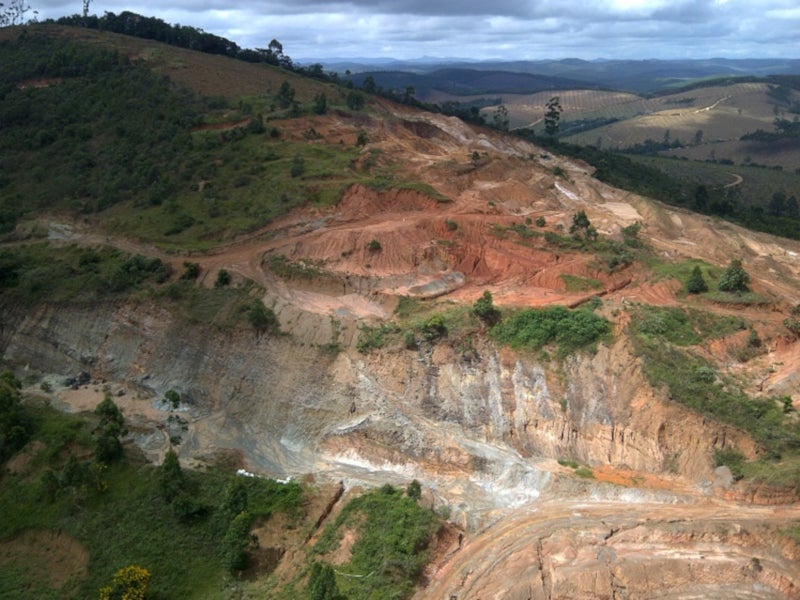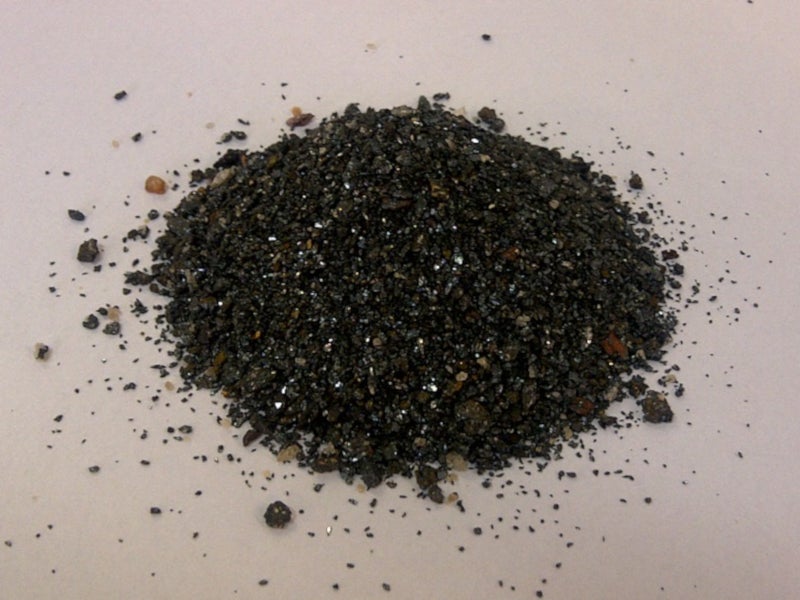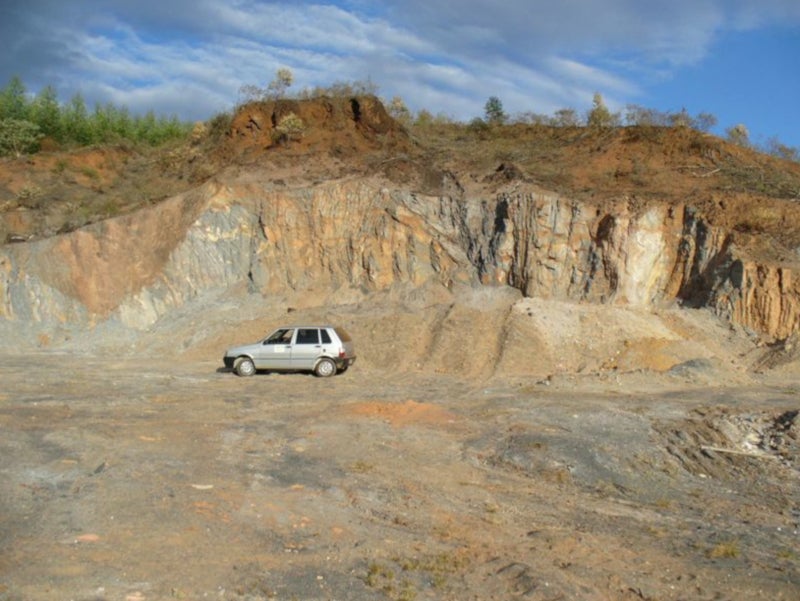The Jambreiro iron ore project is located near Minas Gerais in south-east of Brazil. Owned by Centaurus Metals, it is a fully-permitted, shovel‐ready development project licensed for up to 3Mtpa of wet production.
Key licences to commence the project construction are already in place, while the construction is envisaged to begin by April 2020. The mine is expected to commence production in April 2021, following a 12-month construction phase.
Although the feasibility study of the project was completed in 2013, mining was not pursued due to uneven market prices of iron. Centaurus Metals prepared a new pre-feasibility study on the property in July 2019.
The new study estimates an initial development cost of A$59.8m (£33.5m). The project is expected to produce 17.9Mt of high-grade (65% Fe), low-impurity product through a life of mine of 18 years.
Jambreiro iron ore project location, geology, and mineralisation
The Jambreiro iron ore project is located in the south-east Brazilian state of Minas Gerais in Guanhães region, within the municipality of São João Evangelista.
The property comprises three granted mining leases covering an aggregate area of 3,270ha, on leases 831.649/2004, 833.409/2007, and 834.106/2010.
It lies in the Guanhães Group of the Mantiqueira Complex forming part of a sequence of Archean to lower Proterozoic iron formations, locally known as itabirite.
The mineralisation is hosted in metavolcanic-sedimentary sequence of rocks composed of quartz, hematite, magnetite and martite with minor goethite, limonite, amphibole (Grunerite), Mica (muscovite), and clay minerals.
Jambreiro iron ore project reserves
As of June 2019, the total proven and probable reserve of the mine were estimated to be 43.3Mt, grading 29.1% iron (Fe) and 49.7% silicon dioxide (SiO2).
The JORC-compliant mineral resources are estimated at 127.2Mt, graded at 28.0% Fe.
Mining method and ore processing
The Jambreiro mine will be an open-pit operation using conventional methods deploying excavators. The proposed mining plan includes development of 5m benches to mine the ore and 10m benches for the waste.
The mined ore will undergo primary screening before passing through primary, secondary, and tertiary crushers.
The crushed ore will be sent to gravity concentrators to separate impurities. Rougher concentrate will be moved to the scavenger ball mill, while finer concentrate will be forwarded to the spiral gravity concentrator.
The concentrated mineral will then pass through low-intensity magnetic separation (LIMS) circuit and low-intensity magnetic separation (LIMS) circuits to recover concentrate.
Infrastructure
The Jambreiro project is located 10km from sealed highways and well serviced by all-weather roads.
Workers will be accommodated in the nearby towns of Guanhães and São João Evangelista.
The Corrente Canoa River will serve as the source of raw water supply, which will be collected through a 5.5km pipeline at a maximum 400m³/h flow rate. The collected water will be stored in a 10m-tall water dam reservoir having a capacity of 481,000m³.
A diesel generator will supply the required electricity for the initial 1Mtpa operation. Power can be alternatively sourced from an existing 69kV main transmission line located approximately 8km east of the plant site.
Contractors involved
Centaurus Metals prepared the 2019 pre-feasibility Study (PFS) of the project with support from consultants such as CDE Global, BNA Mining Solutions, Ausenco, and WALM Engenharia.





